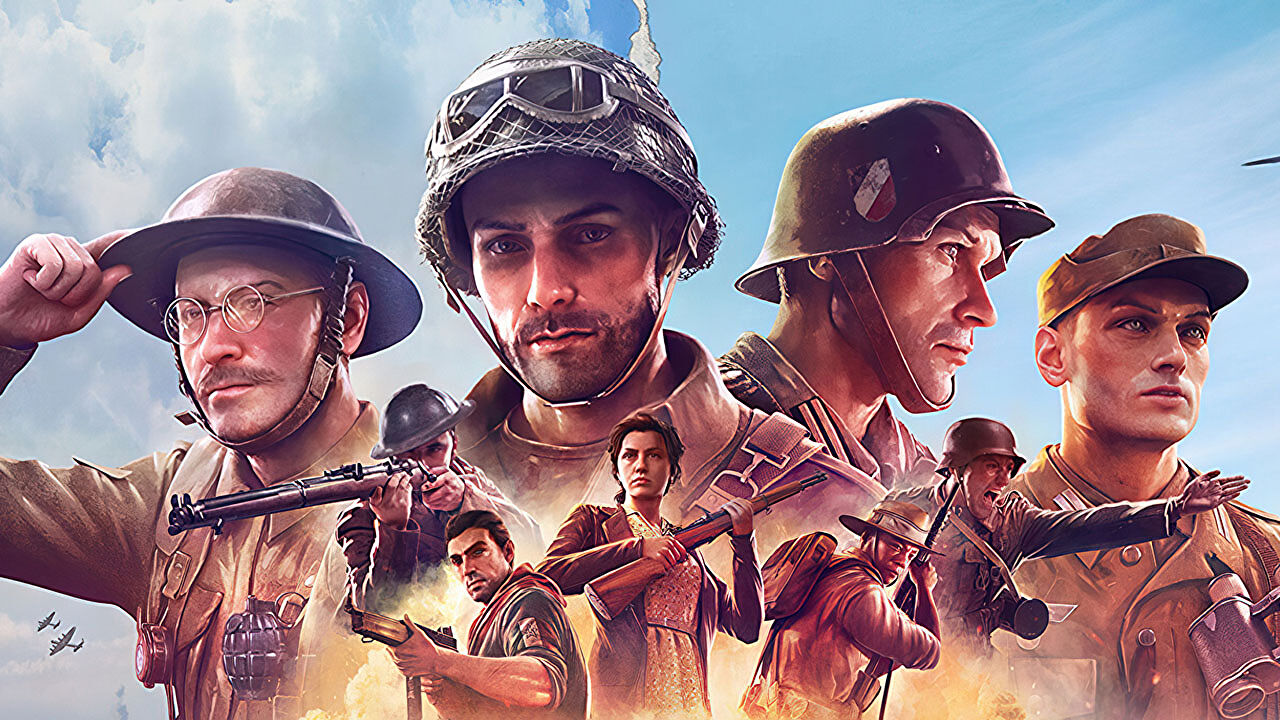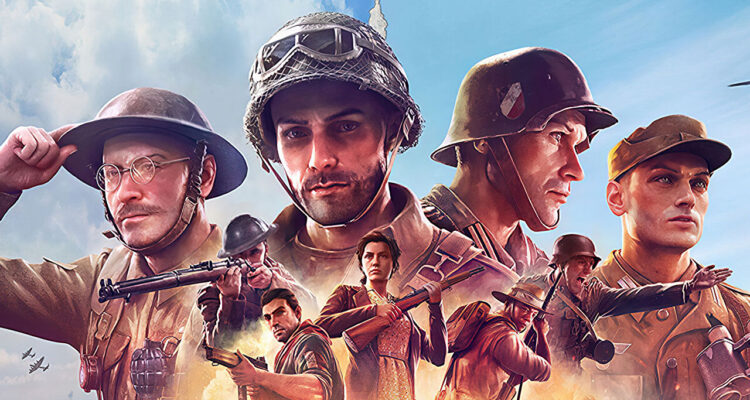
If I had to sum up Company of Heroes 3 in a single sentence, I would say it is an excellent real-time strategy game that is technically sound – but also unambitious. I’m enjoying the game but I don’t feel it’s pushing boundaries in the way that its predecessors did. So, on the one hand, it does feel like a missed opportunity to a certain extent but the flip side is that it’s very easy to run on very high settings across a range of hardware.
I was really eager to cover this one because it’s an RTS with a very different spin, putting you in command of an allied or axis force from a top-down perspective. The goal of the game is not just to overcome the enemy while micromanaging your base and resource gathering. The point is to capture and hold territory, which then furnishes you with resources to equip and expand your small force. There are no vast armies here, just a company of troops, where infantry are moved and requisitioned as a squad. There’s no Starcraft-style building queue and you aren’t churning out units in their hundreds to send to their deaths like Command and Conquer.
Company of Heroes is all about keeping each individual unit alive for as long as possible, adhering to cover, utilising special abilities and gaining further experience that translates into new advantages on the battlefield. New troops are not as effective as experienced veterans, so the winning commander typically has good micro-management and positioning skills. In short, this is a different form of RTS with a smaller, more tactical nature. That’s what made 2006’s Company of Heroes so compelling and it’s in revisiting the original release and the 2013 sequel that I began to realise how technologically unambitious the new game is by comparison.





